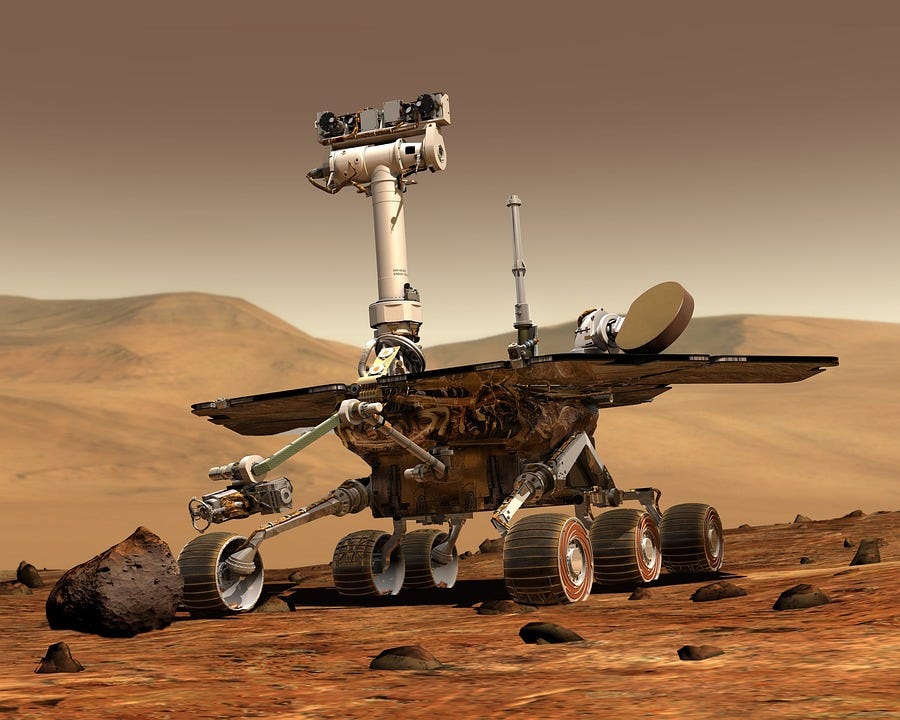Science is all around us, sparking curiosity, innovation, and a deeper understanding of the world. For students, engaging with science has never been easier, thanks to free apps that make learning interactive and accessible. From virtual labs to stargazing tools, these apps inspire curiosity while helping students sharpen their skills in biology, physics, chemistry, and beyond. Whether you're a homeschooler, a classroom teacher, or a curious student, here's a roundup of some of the best free science apps available today.
1. Khan Academy
Platform: iOS, Android, and Web
Best For: Comprehensive science tutorials
Khan Academy is a powerhouse for learning, offering detailed lessons on biology, chemistry, physics, and earth science. With an easy-to-navigate app, students can watch video tutorials, complete practice quizzes, and review key concepts. The app also includes lessons aligned with national science standards, making it a great supplement to classroom or homeschool learning.
2. NASA App
Platform: iOS and Android
Best For: Space exploration and astronomy
For students fascinated by the universe, the NASA app is a treasure trove of information. It features stunning images, videos, and real-time views of Earth from space. The app also includes up-to-date news about NASA missions, a "Spot the Station" tool to track the International Space Station, and interactive activities. It's an inspiring way for students to explore the vastness of space.
3. Star Walk 2
Platform: iOS and Android
Best For: Stargazing and astronomy
Star Walk 2 is an interactive star map that lets students explore the night sky. By pointing their device at the sky, they can identify stars, constellations, and even planets. The app also includes information about celestial events like meteor showers and eclipses. It's an excellent tool for connecting earth science with real-world observations.
4. PhET Interactive Simulations
Platform: iOS, Android, and Web
Best For: Virtual experiments and simulations
Developed by the University of Colorado Boulder, PhET offers engaging, interactive simulations for physics, chemistry, biology, and earth science. Students can experiment with concepts like energy conservation, molecular behavior, and circuit building. These simulations are great for visual learners and make abstract concepts more accessible.
5. Seek by iNaturalist
Platform: iOS and Android
Best For: Biology and ecology
Seek is a fantastic app for young biologists and nature enthusiasts. Students can use their device’s camera to identify plants, animals, and fungi in their surroundings. The app provides detailed information about each species, making it a fun and educational tool for nature walks, hikes, or backyard exploration.
6. Tinkercad
Platform: Web
Best For: Engineering and design
Tinkercad is a free, browser-based app where students can design 3D objects and learn about engineering concepts. While it’s commonly used for 3D printing, it also has a “Circuits” section where students can create virtual circuits and explore electronics. This app is excellent for budding engineers and makers.
7. BrainPOP Science Movies
Platform: iOS, Android, and Web
Best For: Science concepts and review
BrainPOP offers animated videos that break down complex science concepts in an entertaining and digestible way. Topics range from the water cycle to Newton's laws of motion. While some features require a subscription, many videos and quizzes are free, making it a helpful resource for supplemental learning.
Why Use Free Science Apps?
Free apps make science learning accessible to all students, regardless of financial resources. These tools foster curiosity, encourage hands-on exploration, and support diverse learning styles. With features like simulations, real-world observations, and interactive quizzes, students can deepen their understanding of science in engaging and meaningful ways.
Final Thoughts
Incorporating apps into science education doesn’t just make learning more interactive—it connects students to the world around them. Whether they’re identifying constellations, tracking environmental data, or experimenting with physics simulations, these free tools open doors to exploration and discovery. By leveraging technology, students can nurture their curiosity and build a solid foundation in science, all while having fun.






